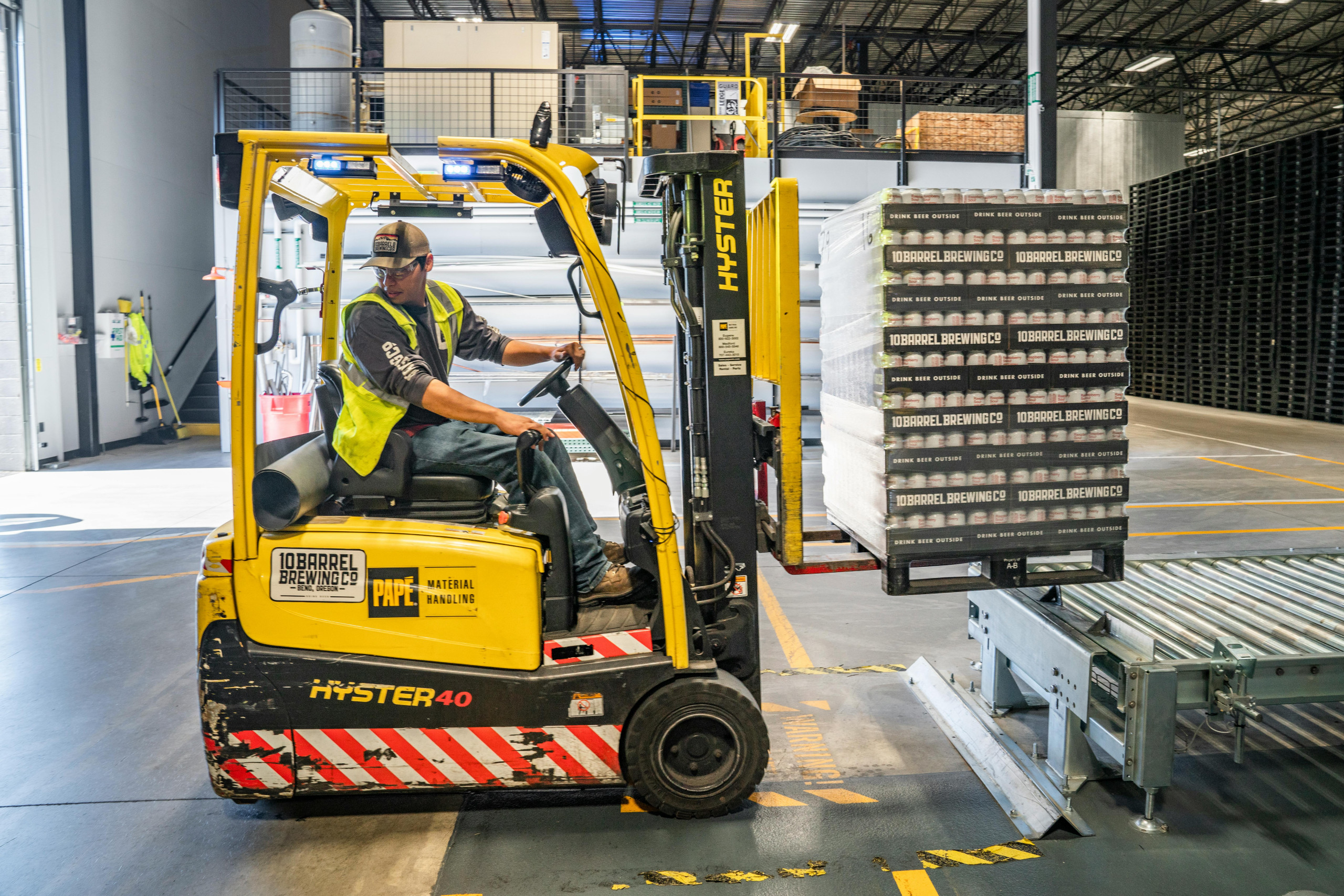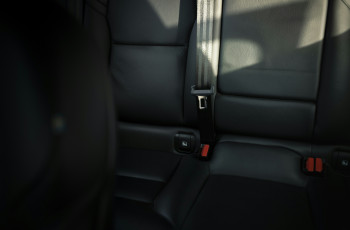If you’ve ever wondered how RPM and torque can affect the performance of heavy-duty die grinders, this article will provide you with a comprehensive understanding. RPM, or revolutions per minute, refers to the speed at which the grinder operates, while torque measures the rotational force it can generate. By unraveling the interplay between RPM and torque, you’ll gain valuable insights into optimizing the performance of your die grinder, ensuring efficient and precise grinding operations. Whether you’re a professional or a DIY enthusiast, this article will help you make informed decisions when it comes to selecting and utilizing heavy-duty die grinders.

Definition of RPM and Torque
RPM – Revolutions per Minute
RPM, or revolutions per minute, refers to the number of complete rotations a rotating object makes in one minute. In the context of heavy-duty die grinders, RPM represents the speed at which the grinding tool or accessory spins.
Torque – Rotational Force
Torque, on the other hand, is the measure of rotational force applied to an object. In the case of a die grinder, torque indicates the strength or power generated by the motor to rotate the grinding tool.
Importance of RPM and Torque in Heavy-duty Die Grinders
Efficiency and Speed
The RPM and torque of a heavy-duty die grinder play a significant role in determining its efficiency and speed. Higher RPMs allow for faster material removal rates, making tasks quicker and more efficient. Additionally, the rotational force provided by torque ensures that the grinder can effectively cut through tough materials with ease.
Accuracy and Precision
RPM and torque also impact the accuracy and precision of heavy-duty die grinders. Lower RPMs combined with higher torque enable fine control over the grinder, allowing for precise and accurate grinding or shaping of workpieces. This is particularly important in applications that require intricate detailing or delicate work.
Relationship between RPM, Torque, and Power
Understanding Power Equation
The power of a heavy-duty die grinder is a direct result of the relationship between RPM, torque, and power. Power, measured in watts, is the rate at which work is done or energy is transferred. It can be calculated using the formula: Power (W) = Torque (Nm) × Angular Speed (rad/s).
Influencing Factors on Power
Both RPM and torque contribute to the overall power output of a die grinder. Increasing the RPM increases the angular speed, thereby increasing the power output. Similarly, higher torque results in increased power due to the greater rotational force applied by the motor. Therefore, by adjusting the RPM and torque settings of the grinder, you can optimize the power output for specific tasks.
Effect of RPM on Die Grinder Performance
Material Removal Rate
The RPM of a heavy-duty die grinder has a direct impact on the material removal rate. Higher RPMs allow for faster and more aggressive grinding, reducing the time required to remove material. However, it is important to note that excessively high RPMs can lead to overheating of the workpiece or cause excessive wear on the grinding tool.
Surface Finish
The RPM also affects the surface finish achieved by the die grinder. Lower RPMs are generally preferred for achieving a smoother surface finish, as they provide better control and reduce the risk of causing visible marks or scratches on the workpiece. On the other hand, higher RPMs may result in a rougher finish, particularly on softer materials.

Impact of Torque on Die Grinder Performance
Cutting Force
Torque plays a crucial role in the cutting force generated by a heavy-duty die grinder. A higher torque allows for greater force to be applied to the grinding tool, enabling it to cut through tougher materials with ease. This is especially important when working with heavy-duty applications or materials such as steel or cast iron.
Stalling or Overloading
Insufficient torque can lead to stalling or overloading of the die grinder, especially when working on demanding tasks. If the torque provided by the motor is not enough to overcome the resistance of the workpiece, the grinder may come to a halt or experience a decrease in rotational speed. This can result in decreased efficiency and potential damage to both the grinder and workpiece.
Choosing the Right RPM and Torque for the Job
Workpiece Material
The selection of RPM and torque for a heavy-duty die grinder depends on the material being worked on. Softer materials may require lower RPMs to prevent overheating or unnecessary wear, while harder materials often necessitate higher torque to effectively cut through them. It is important to consider the specific characteristics of the workpiece material in order to choose the appropriate RPM and torque settings.
Application Requirements
Different applications require varying RPM and torque settings. Fine detailing or precision work may require lower RPMs, while tasks that prioritize speed and material removal may call for higher RPMs. Similarly, the torque required will depend on the specific cutting force needed to accomplish the task at hand. Considering the requirements of the application will help in selecting the right RPM and torque for optimal performance.
Tool Design and Size
The design and size of the die grinder itself can also impact the choice of RPM and torque. Smaller grinders may have lower power output and may be better suited for lighter tasks that require lower RPMs. Conversely, larger grinders tend to have higher power output and can handle tougher tasks that demand higher RPMs and torque. Considering the design and size of the tool helps ensure that it is capable of achieving the desired RPM and torque levels.

Factors Affecting RPM and Torque in Heavy-duty Die Grinders
Power Source
The power source of a heavy-duty die grinder affects the RPM and torque it can produce. Electric die grinders typically offer higher RPMs and torque compared to pneumatic grinders since they can provide a continuous and consistent power supply. Pneumatic grinders, on the other hand, rely on compressed air and may have lower RPM and torque outputs.
Gearing and Transmission
The gearing and transmission system within the die grinder also influence the RPM and torque. Well-designed gearing can translate the power output of the motor into optimal RPM and torque levels. The quality and efficiency of the transmission system play a crucial role in ensuring consistent, reliable, and controllable RPM and torque performance.
Tool Design and Construction
The overall design and construction of the die grinder impact its RPM and torque capabilities. High-quality materials, precision engineering, and attention to detail can result in a grinder that provides reliable RPM and torque throughout its lifespan. Additionally, ergonomic design and proper weight distribution can enhance control and reduce fatigue when operating the grinder for extended periods.
Maintaining RPM and Torque Levels
Regular Maintenance
To ensure consistent RPM and torque performance, regular maintenance is essential. This includes routine cleaning, inspection, and lubrication of the die grinder components. Regular maintenance helps prevent the accumulation of debris or dust that could affect the rotation mechanism and compromise the RPM and torque output.
Proper Lubrication
Effective lubrication of the die grinder’s moving parts is crucial for maintaining optimal RPM and torque levels. Lubricating the bearings, gears, and other rotating components reduces friction, heat, and wear, allowing the grinder to operate smoothly and efficiently.
Safety Considerations when Working with High RPM and Torque
Personal Protective Equipment
When operating a heavy-duty die grinder with high RPM and torque, wearing appropriate personal protective equipment (PPE) is essential. This includes safety glasses, protective gloves, and hearing protection. PPE helps minimize the risk of injury from flying debris, contact with rotating parts, and excessive noise exposure.
Safe Operating Procedures
Following safe operating procedures is crucial when working with high RPM and torque die grinders. This includes securing the workpiece properly, using the proper grinding accessories, and maintaining a stable working environment. It is also important to operate the grinder within its specified RPM and torque limits to prevent overheating, stalling, or potential accidents.
Future Developments in RPM and Torque Technology
Advancements in Motor Technology
With advancements in motor technology, die grinders are likely to see improvements in RPM and torque capabilities. More efficient and compact motors may allow for higher RPMs and torque outputs without sacrificing power or increasing the size of the grinder. This will result in enhanced performance and increased versatility for heavy-duty die grinders.
Smart Controls and Adjustability
The future of RPM and torque in die grinders may involve the integration of smart controls and adjustability. This could enable users to customize RPM and torque settings based on specific applications, materials, or desired outcomes. Smart features may also allow for real-time monitoring and adjustment of RPM and torque levels, ensuring optimal performance and prolonging the life of the tool.
In conclusion, the RPM and torque of a heavy-duty die grinder are crucial factors that significantly impact its performance. Understanding the relationship between RPM, torque, and power helps in selecting the appropriate settings for specific applications and workpiece materials. Factors such as workpiece materials, application requirements, and tool design should be considered when choosing RPM and torque. Regular maintenance and proper lubrication also contribute to maintaining optimal RPM and torque levels. Safety precautions and adherence to safe operating procedures are necessary when working with high RPM and torque die grinders. As motor technology advances, future developments may bring about improved RPM and torque capabilities, along with the integration of smart controls and adjustability. By understanding and utilizing the potential of RPM and torque, heavy-duty die grinders can deliver efficient, precise, and powerful grinding performances.



